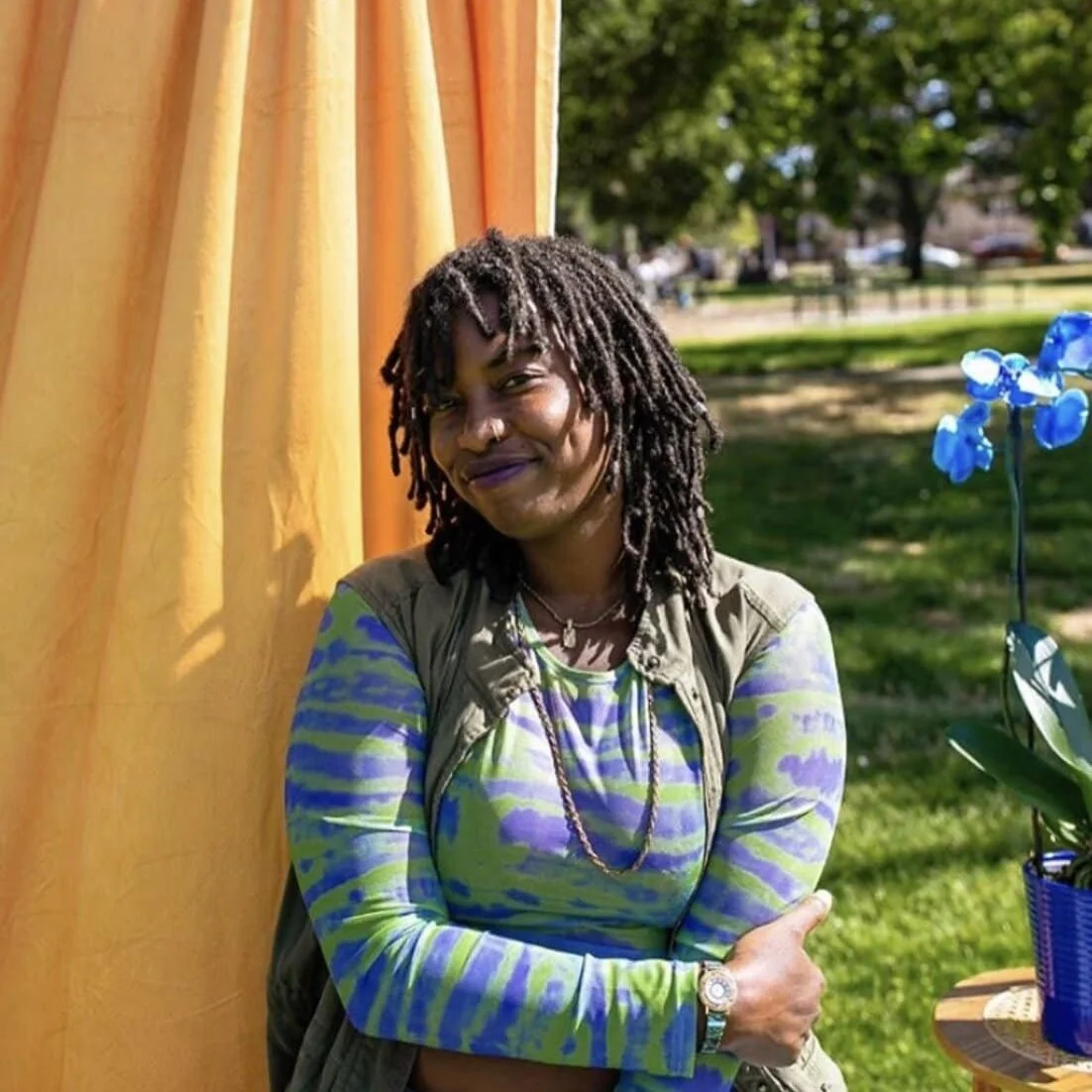Revolutionary Art and Culture Residency endeavors to:
Decolonize art spaces
Center BIPOC criticism and analysis of art
Deconstruct barriers around what is considered “fine art”
Make art and cultural criticism more accessible and relevant and digestible to the general public via our site, print publications, and media
Develop and maintain a culture of belonging for BIPOC community members in the art spaces in their communities
Open up the behind the scenes world of art and culture by providing content focused on interviews with artists, curators, and creatives
Contribute to the field of art criticism and culture commentary via our multimodal book
Compose bodies of literature that include essays, reflections, and visuals from our adventures
Apply by clicking the button directly below:
Click dropdown boxes for more info:
-
10 hours a month
Virtual + In Person meetings
Attendance at events
-
Genre: Urban Arts' Print Anthologies and GenreUrbanArts.com
Milwaukee Art Museum Site
-
Stipend
Exclusive entry to arts and culture events
Milwaukee Museum Membership (if in MKE)
Travel Stipend
Parking
Revolutionary Art and Culture Residency
Purpose + Vision
Genre: Urban Arts’ Revolutionary Art and Culture Residency (RACR) brings forth more authentic voices to speak about BIPOC art and creativity. Art criticism and culture commentary, like many other spaces, are gate kept by white supremacy, while art created by Black, Indigenous, and brown creatives is often relegated to the margins and seen as primitive, uncultured, exotic, folk—ultimately and overwhelmingly—othered. Minimized by the white gaze, important cultural references and perspectives are silenced. To fully hear what BIPOC art is telling us, we must decolonize art and culture writing, analysis, and criticism by minimizing or removing the Eurocentric gaze and instead structure narratives of art by Black, Indigenous, and people of color, while also offering BIPOC-centric critiques on works made by white artists.
RACR seeks to offer remedies by cultivating BIPOC writers and cultural commentators as they work to develop their voices and offer their perspectives to the art and creative community. Through BIPOC mentorship and conversation, RACR writers are encouraged to lean into their experiences and traditions utilizing their own vantage points and cultural frameworks to deconstruct and digest meanings housed within works of art, and to thereby provide a more accurate and authentic commentary, one that enriches traditional critique with a cultural competence it often lacks.
Additionally, the residency works to engage BIPOC communities to participate in discussions of these topics. We accomplish this through multimodal means to engage various modes of expression and to allow multiple entry points for audiences, providing a multifaceted criticism and response that includes the written form, discussion (in person and virtual), among other outlets.
The need to support the development of BIPOC writers of art criticism cannot be overstated. Due to cultural differences and ways of existing that cannot be understood without lived experience of a particular culture, gender, and socioeconomic class, references are regularly and inevitably lost in translation by whomever imposes “the gaze” and attempts to deconstruct BIPOC work from outside a BIPOC lens. In an article entitled “The Dominance of the White Male Critic,” authors Elizabeth Méndez Berry and Chi-hui Yang reported in 2019 that “in major media outlets, white critics wrote the reviews that defined the conversation about the country’s pre-eminent contemporary art show,” in reference to the Whitney Biennial where many of the featured artists were people of color (New York Times).
BIPOC creatives should not have to change to align with Eurocentric ideologies and ways of expression in order to be deemed significant. We must make space for the freeness of BIPOC creative expression. That both white and BIPOC critics are pointing out these issues is encouraging, but much more work must be done to support BIPOC cultural writers if such entrenched exclusion is to be overcome. This is but one reason why the Revolutionary Art Criticism Residency is so important. Only writing by BIPOC people about the work of BIPOC artists and culture creators can break these cycles, and this is the work that RACR has done in its first year and will continue to do in 2023.
RACR 2024 Cohort
This project is supported by Critical Minded, an initiative to invest in cultural critics of color cofounded by The Nathan Cummings Foundation and The Ford Foundation.
RACR 2023 Cohort
This project is supported by Critical Minded, an initiative to invest in cultural critics of color cofounded by The Nathan Cummings Foundation and The Ford Foundation.
RACR 2022 Cohort
This project is supported by Critical Minded, an initiative to invest in cultural critics of color cofounded by The Nathan Cummings Foundation and The Ford Foundation.
RACR FALL 2021 Cohort
This project is supported by Critical Minded, an initiative to invest in cultural critics of color cofounded by The Nathan Cummings Foundation and The Ford Foundation.
OUR SPONSORS
This project is supported by Critical Minded, an initiative to invest in cultural critics of color cofounded by The Nathan Cummings Foundation and The Ford Foundation.
Funded in part by a grant from Wisconsin Humanities, with funds from the National Endowment for the Humanities. Wisconsin Humanities strengthens our democracy through educational and cultural programs that build connections and understanding among people of all backgrounds and beliefs throughout the state.





















